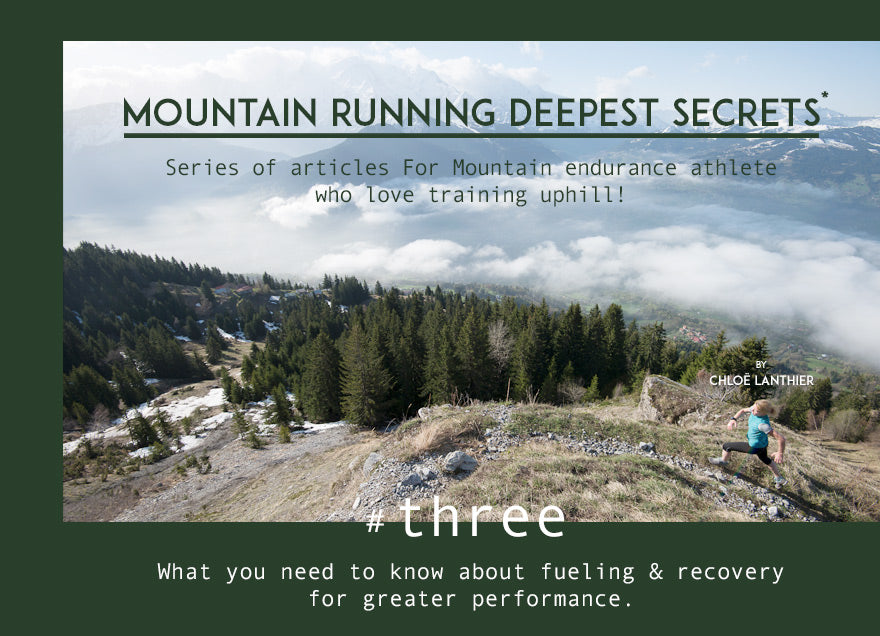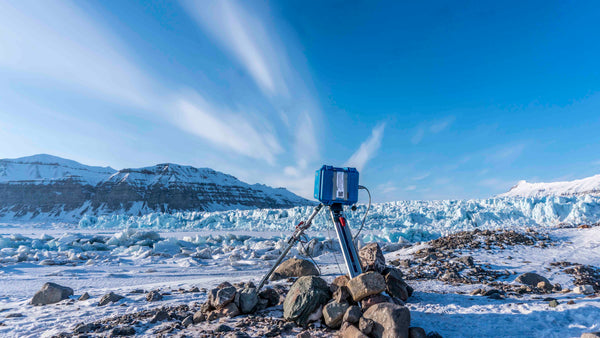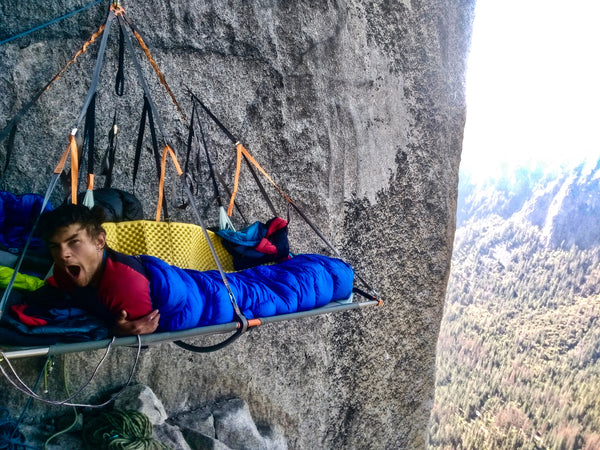Mountain running deepest secrets #THREE

Intro
As covered in my previous article carbohydrates and fats are the main fuel we use during endurance training. The length and intensity of the training session, the fuel/energy available, and your fitness level are the main factors that will influence how much of each of the energy source
will be used.
You also increase leg oxygenation with vertical training.
What does Fat adaptation training means?
If glycogen stores are not being replenished with carbohydrates from food or drinks, glycogen stores can run out. Once this occurs, the body will find alternative ways to create more glucose. The liver will begin to break down fat and protein to form glucose, which can then be used for energy. It’s not an efficient option and extremely stressful on the liver & kidney and immune system. Often when this occurs while racing or on a long training session, one key symptom, constantly having to urinate.
What and when to eat:
Lets look at the Glycemic index of food:
High glycemic food
are good before, (sometimes during) and right after exercise.
Healthy food & powder mix that provides instant energy, which we need after an intense/short effort, 1hour hill or speed session, and/or right after an endurance training session, of 2hrs+. The best is to have it in a form of powder mix, it enters your blood stream quicker.
Purpose: to bring blood glucose and muscle glycogen levels back to normal quicker and to increase recovery rate.
Few example of food: waterlemon, grapes, raisins, couscous, muesli, white potatoes.
Moderate to low glycemic food
are good before, or during long workouts.
Nutrient food that enters your blood stream slowly and can be available for longer. You can have it in form of snacks, gels or powder or all of the above, whatever best for you.
Purpose: the fuel will be available for a longer period of time, so will help sustain your desire pace with sufficient energy for the distance. Find a good powder mix you like with low glycemic index for your long training runs!
Few example of food: bananas, apples, pears, carrots, sweet potatoes, yam, peas, lentils. Few protein is needed.
Example of using high, moderate, and low index for one endurance session:
You are soon heading out for a 2hrs run, feel slightly hungry but not enough to eat a meal, so either make a small smoothie or eat a snack of high index it will offer the sufficient energy to get going, fuel/hydrate also ‘on the run’ with moderate to low index, it will help sustain a constant energy level. Once back, it’s a good idea to take a recovery drink that has minimum 45% of carbohydrate and about the same of protein, it will start your recovery phase of replenishing your glucose and glycogen.
With such an example it’s very important to eat a small nutrient meal within 40 minutes to 1hour post-workout so you don’t get a big drop of blood glucose and muscle glycogen.
DURING EXERCISE we need proper hydration mix with balanced carbohydrate, electrolytes & salt to maintain body water levels, minerals & vitamins, and amino acids.
Why it’s so important to eat soon after an endurance session:
Short intense workouts and long endurance sessions decreases muscle glycogen and blood glucose reserve. After a workout muscles grab glucose molecules from the bloodstream that is available. With a post-workout food intake the body insulin level rises quickly and muscles absorb carbohydrate quicker. That is only effective within the first hour post workout. It’s important to eat soon after training and to increase recovery rate.
50% of your recovery can be achieve within the first hour post-workout, depending of your fitness level and fueling strategies the recovery rate will continue between 5-12% per hour. The fitter and better you are at applying this routine the quicker you will recover
in the first hour and per hour.
sudden feel of low energy / ‘bonking’
light headed
weak
hunger
sweating
pale skin
heart palpitation
hallucinations
collapsing
Constantly training with low glycogen levels or lack of fueling,
or low calorie diets, or never training with electrolytes/gels or nutrient snacks.
Feeling of heavy legs.
No leg power/strength when training .
Ongoing musculoskeletal injuries.
IMPORTANT SCIENCE for mountain endurance athlete to understand:
In a state of hypoglycemia, the body will begin producing catabolic hormones, such as cortisol. Catabolic hormones break down muscle tissue in order to convert the proteins within to glucose. This will increase blood sugar levels and provide energy to continue exercising, however, cortisol also suppresses the immune system and puts large stress on the liver & kidneys. Also, the act of regularly breaking down muscle tissue for immediate energy during exercise can contribute to muscle atrophy, and overtime can lead to on-going overuse injuries and immune system disorders.
Combine good fitness with good eating strategies you become more efficient at absorbing sugar quicker per hour, and remember muscle can be train to store more glycogen! So able to train longer at higher intensity and recover quicker!
Examples of healthy snacks: bananas, apple, pear, orange, kiwi, avocado, figs, nuts. Some companies provide gels and snacks with the proper nutrients, make sure you read the labels, many of them are pure sugar!
Healthy salad: green leafs, nuts, dried fruits, egg, avocado, figs, tomatoes, sunflower seeds, extra virgin olive oil.
Right after training have a recovery drink: average 45% carbohydrate & 45% protein.
Small nutrient meal within 1 hour of workout.
Two days off in a row instead of only one.
Cold water spray daily on legs daily for average 1minute.
Legs up against wall after workout/ stretch - hold 45sec. to 1min.
When feeling low energy/tired but good enough to train, substitute a long workout for an easy/short session.
Do not use thirst, or your sweat rate to hydrate, get use to drinking regularly.
Do not wait to be hungry to eat, it’s too late by then: eat on the run
Enough water between checkpoint
Different food for extreme weather: severe heat versus cold & rain.
Ultra-events: enough calorie for the full event
Anticipate food for upset stomach, easier to digest.
What will you eat and when: e.g. diverse food & snacks
When will you refill with water & electrolytes; efficient ways of loading / how will you store your extra electrolytes...
Soft food is easier to digest, so stay away from raw vegetables and fruits 48hrs prior to an event.
Train smart + quality recovery + good fueling strategies = results
Why is fueling & hydration strategies crucial for endurance athletes?
To maintain core body temperature
To increase performance capacity
To increase fat adaptation
To increase recovery rate
To maintain a steady heartbeat
To enjoy great fitness, energy and have fun in the mountains!

Chloë is an elite multi-sport athlete with over two decades of experience competing around the world. Chloë is a consultant in sports rehabilitation & human performance teaching on an international platform. Sharing her passion, experience and knowledge is an integral part of her daily routine. In her free time, she loves skinning up mountains and skiing fresh powder. Canadian, she lives full time in Chamonix.
Leave a comment
Comments will be approved before showing up.





